‘Humanity is always the centre of my practice': Alex Prager's new work blurs the line between reality and fiction
Alex Prager speaks to Wallpaper* about her new body of work, 'Western Mechanics', which opened at Lehmann Maupin in Seoul
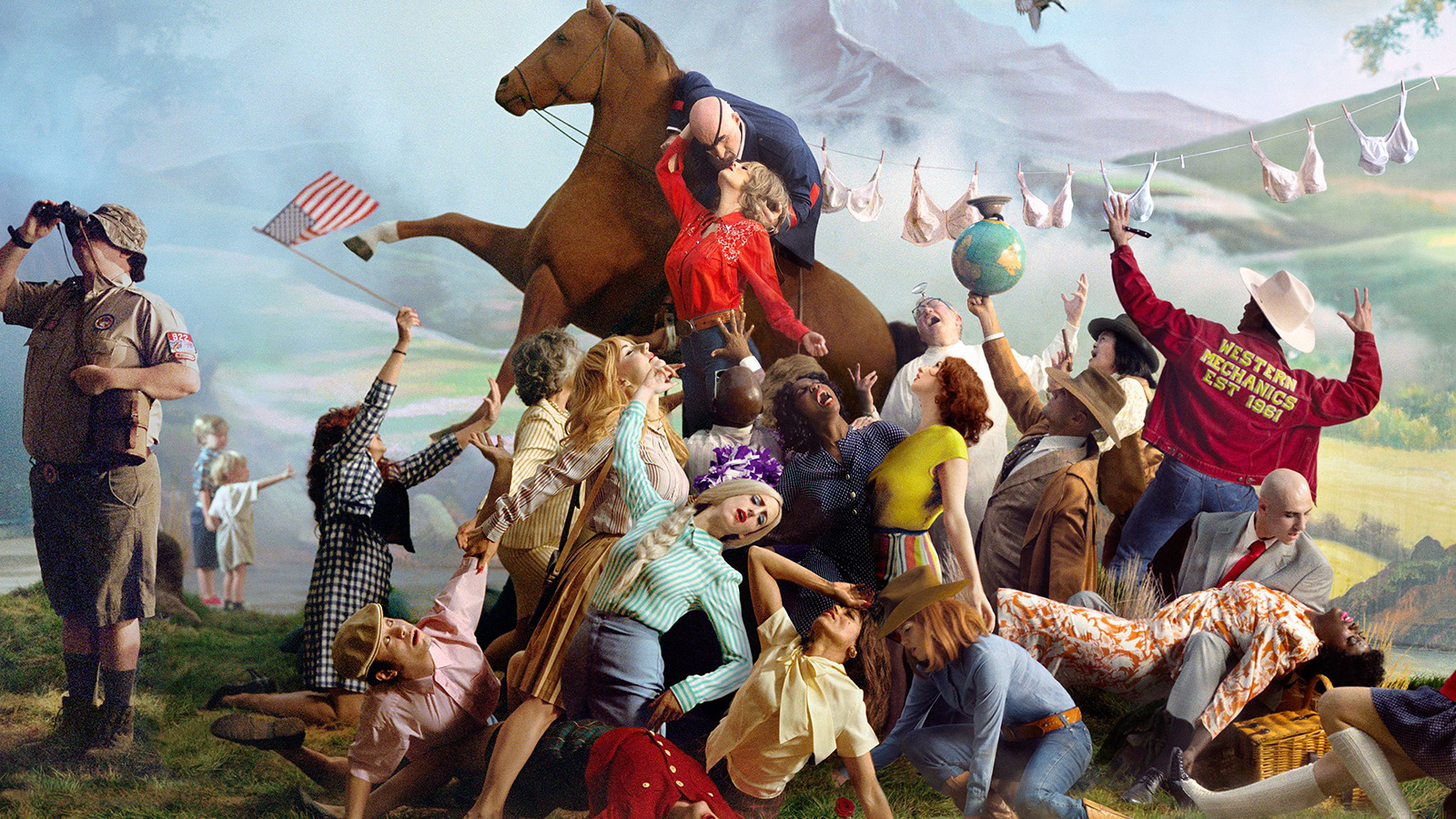
‘Humanity is always the center of my practice,’ says Alex Prager, known for her colorful images that blur the line between reality and fiction.
In her work, the American photographer and Emmy-winning filmmaker uses ‘artifice and heightened or blurred time, color, and scale as entry points into something very real that people can connect with’ to talk about themes that might be ‘too difficult to confront in a straightforward manner,’ she adds.
Prager’s new body of work, Western Mechanics, opened at Lehmann Maupin in Seoul, the capital of South Korea, last month.
Concurrently, her commissioned installation Play The Wind (2019) is also on display at the Hyundai Card Music Library in Seoul through 2025. Her work is also featured in the group exhibition ‘Fragile Beauty: Photographs from the Sir Elton John and David Furnish Collection’ at Victoria & Albert South Kensington in London, which is on view through January 5, 2025.
Prager talks to Wallpaper* about her new solo exhibition and first feature film.
Alex Prager presentsWestern Mechanics

Paper Street, 2023, archival pigment print. Courtesy Alex Prager Studio and Lehmann Maupin, New York, Seoul, and London.. Created for Cartier with the support of the Maison.
Wallpaper*: Can you share the inspiration behind the title of your current show ‘Western Mechanics.’’?
Alex Prager: The title Western Mechanics is intentionally ambiguous, nodding at Americana iconography that is rooted in American culture. It’s open to interpretation, and I like that it both references our tumultuous, machine-obsessed world and the universal image of the blue collar work-force that made America one of the greatest symbols in the world. It encapsulates the push and pull of man versus machine—the current status of our world. The title piece Western Mechanics itself encapsulates so much of what the entire body of work is about that I didn’t consider other titles for the image.
Receive our daily digest of inspiration, escapism and design stories from around the world direct to your inbox.
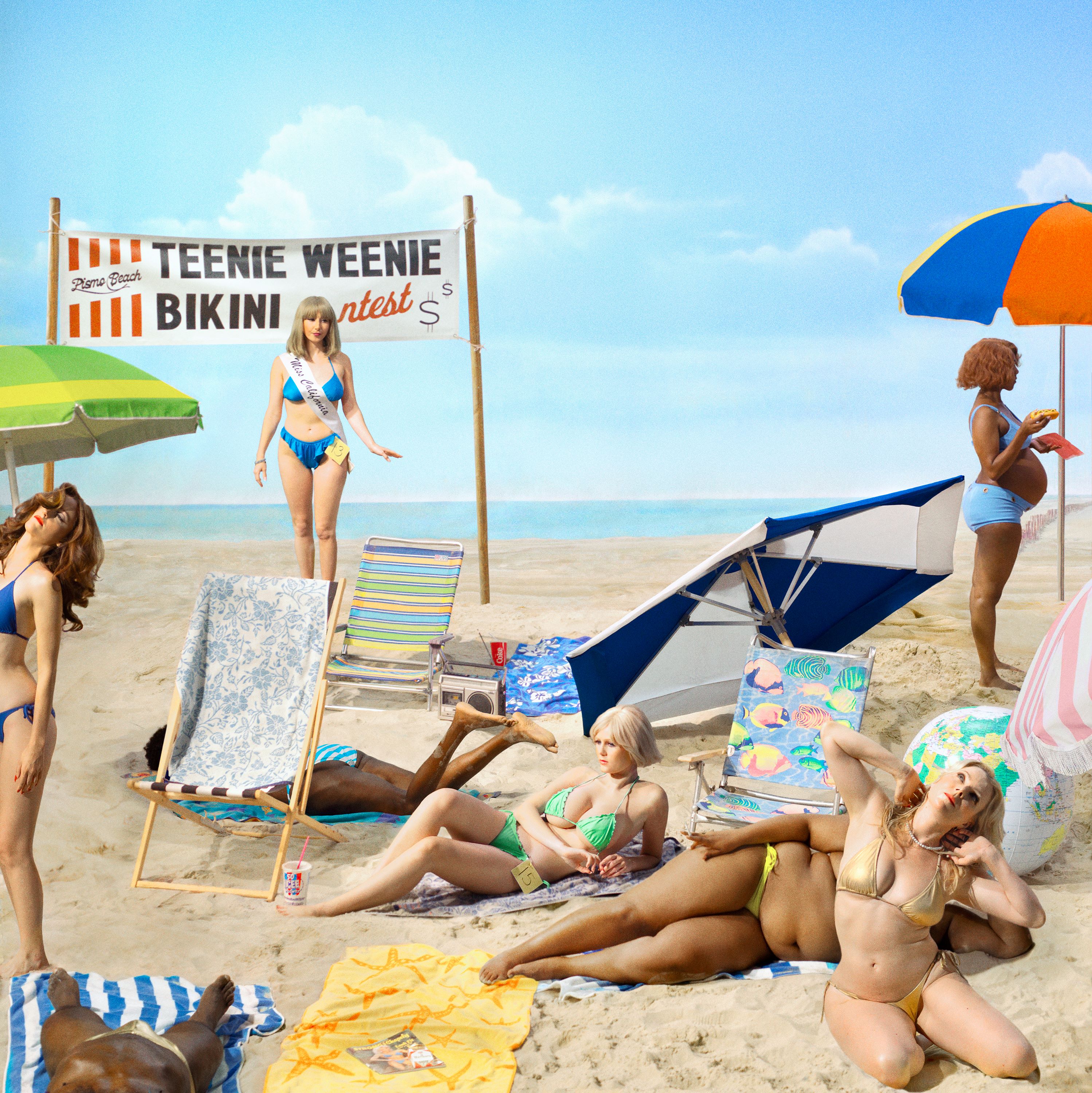
California, 2024, archival pigment print. Courtesy Alex Prager Studio and Lehmann Maupin, New York, Seoul, and London.
W*: This body of work is said to refrain “from linear narrative, focusing instead on the presentation of emotionally charged vignette.” Can you elaborate on the emotions you aim to evoke with this approach?
AP: I was driven by a jolt of ideas in response to our present dissonant world rather than any sort of preconceived narrative. It was important for each work to feel like a heightened frame or moment in order to play with a sense of time and how the viewer experiences it, as well as to create tension between the works. And I felt uniting the pieces under a singular overarching narrative would work against that. I hope people will connect with the level of dysfunction and instability, but also the hope that exists within each piece and that we’re all experiencing collectively as we consider a way forward.
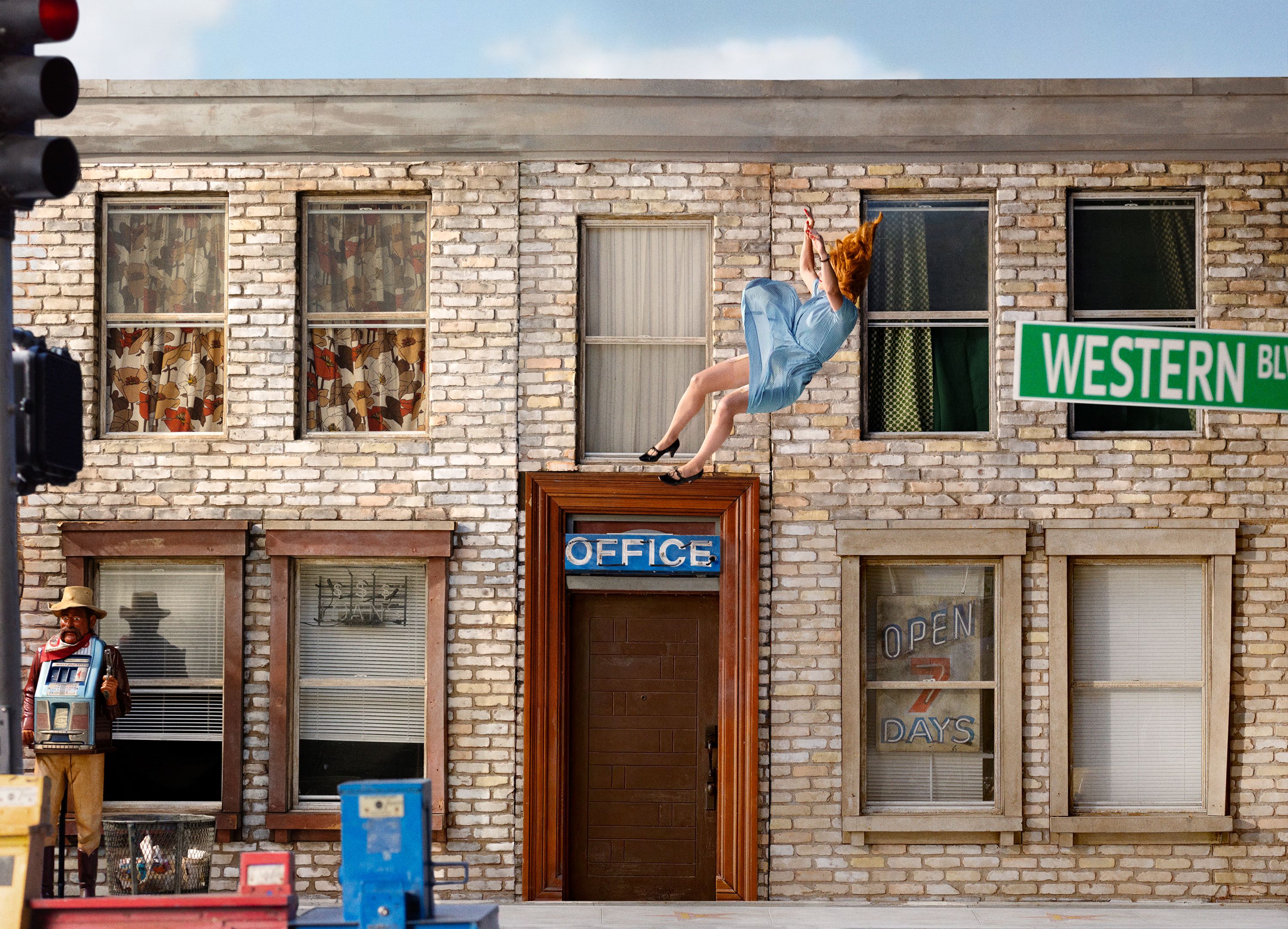
Hollywood (Day), 2024, archival pigment print. Courtesy Alex Prager Studio and Lehmann Maupin, New York, Seoul, and London.
W*: Any image in this show that you want to highlight?
AP: Hollywood (Day) is a work that I feel compelled to touch on. It embodies the idea or feeling of suspension—emotional, psychological, physical—these in-between moments in life that ask for a suspension of disbelief to fully connect with physical and metaphysical existence. There is a vagueness to whether the woman is falling out of the window or being drawn up into the sky, much like the idea of the Rapture. The image also mirrors a scene in my feature film DREAMQUIL that I'm currently shooting. Because I was writing the screenplay at the same time I was conceiving these images, there are some unintentional parallels. That's where my head was at the time.
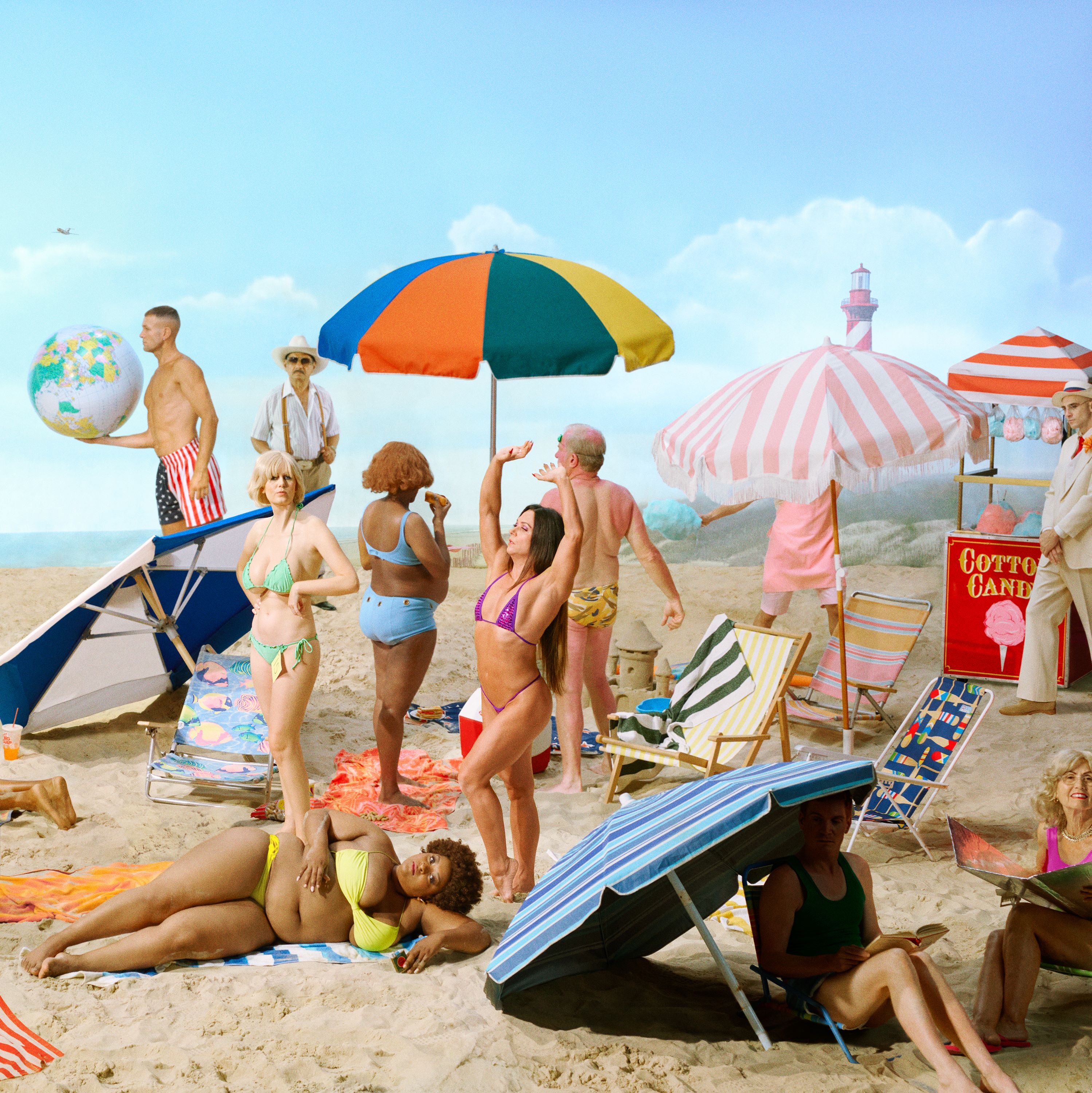
California, Too, 2024, archival pigment print. Courtesy Alex Prager Studio and Lehmann Maupin, New York, Seoul, and London.
W*: What influenced the decision to explore ‘the rise of technology and the decline of natural order’ in your first feature film?
AP: The interesting thing about the sequence of making Western Mechanics is that it fell during the pre-production of DREAMQUIL. So it wasn’t made alongside it, but rather conceived while I was deep in the throes of the film. A lot of the ideas and themes central to the film were subliminally infused into this new body of work. The ethos of DREAMQUIL is a cautionary tale about identity, automation, and what makes us human—something that has been on my mind for years and that Western Mechanics explores as well, albeit in nonlinear fashion. Both projects came from this urge to reflect on our current world—at their cores, they are both driven by humanity, influenced by our current fascination with automated technologies.

Installation view. Alex Prager: Western Mechanics Lehmann Maupin, Seoul. May 9 – June 22, 2024. Courtesy Alex Prager Studio and Lehmann Maupin, New York, Seoul, and London. Photo by OnArt Studio.
W*: In an Instagram post, you wrote that the show and film ‘were born from an urge to explore the complexity of being alive today by looking backwards at depictions of the past as we imagine the unknown of the future.’ Can you expand on that?
AP: I was thinking about the complexity of the world we’re living in today and how our emotional connection to it is intertwined with the past. Reflecting on what humanity has overcome before and will be up against again, I looked to History paintings and pulled references from contemporary culture to create images that feel human and alive. I found comfort in knowing we are not the first and we will not be the last in our experiences, which provides common space to imagine our future. This led me to want to incorporate a visual sense of the past conflated with the future in order to parallel the darker qualities of our current flummoxed existence.
Alex Prager, ‘Western Mechanics’ is on view at Lehmann Maupin in Seoul, South Korea until June 22, 2024
-
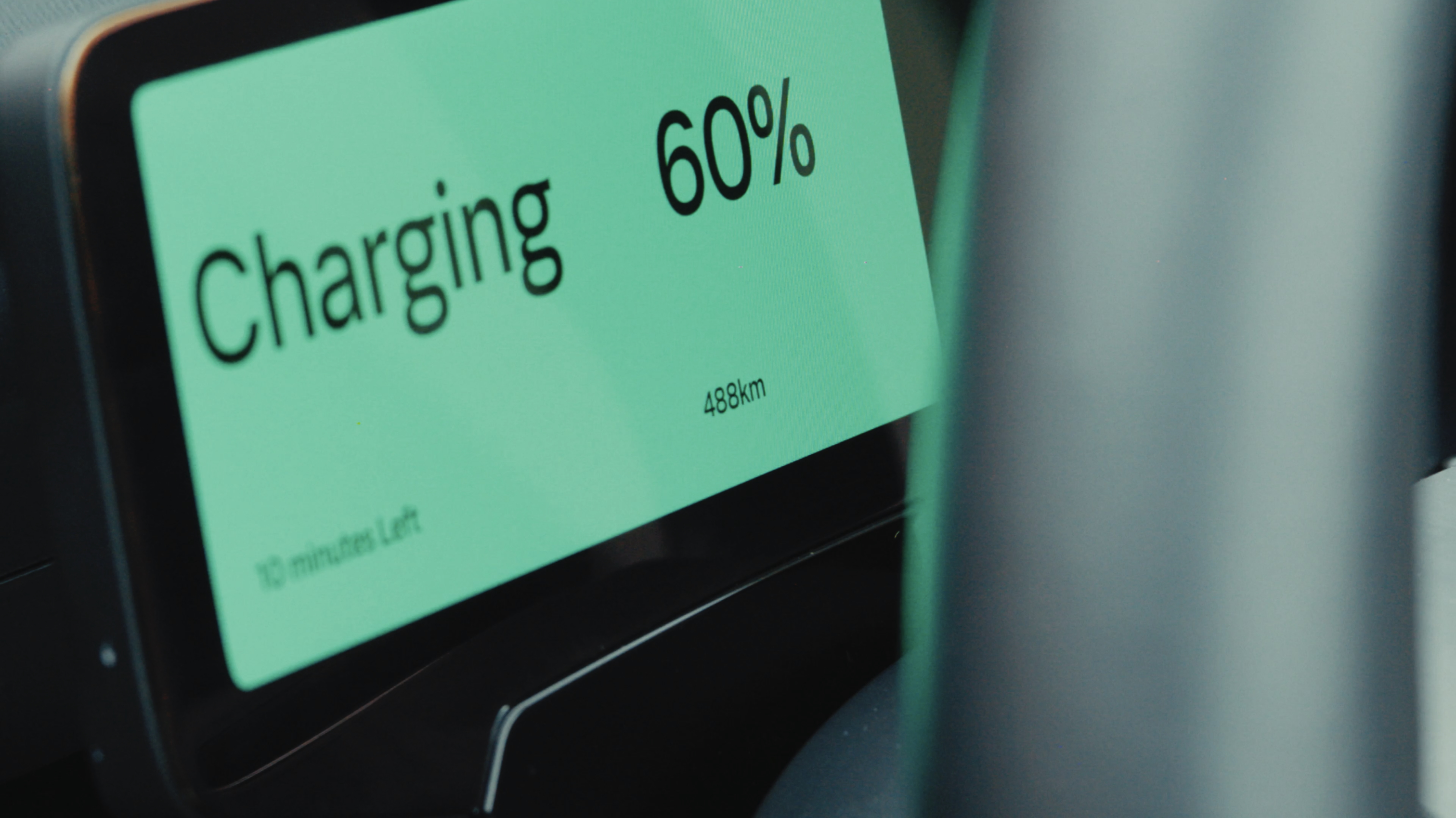 Volvo’s quest for safety has resulted in this new, ultra-legible in-car typeface, Volvo Centum
Volvo’s quest for safety has resulted in this new, ultra-legible in-car typeface, Volvo CentumDalton Maag designs a new sans serif typeface for the Swedish carmaker, Volvo Centum, building on the brand’s strong safety ethos
-
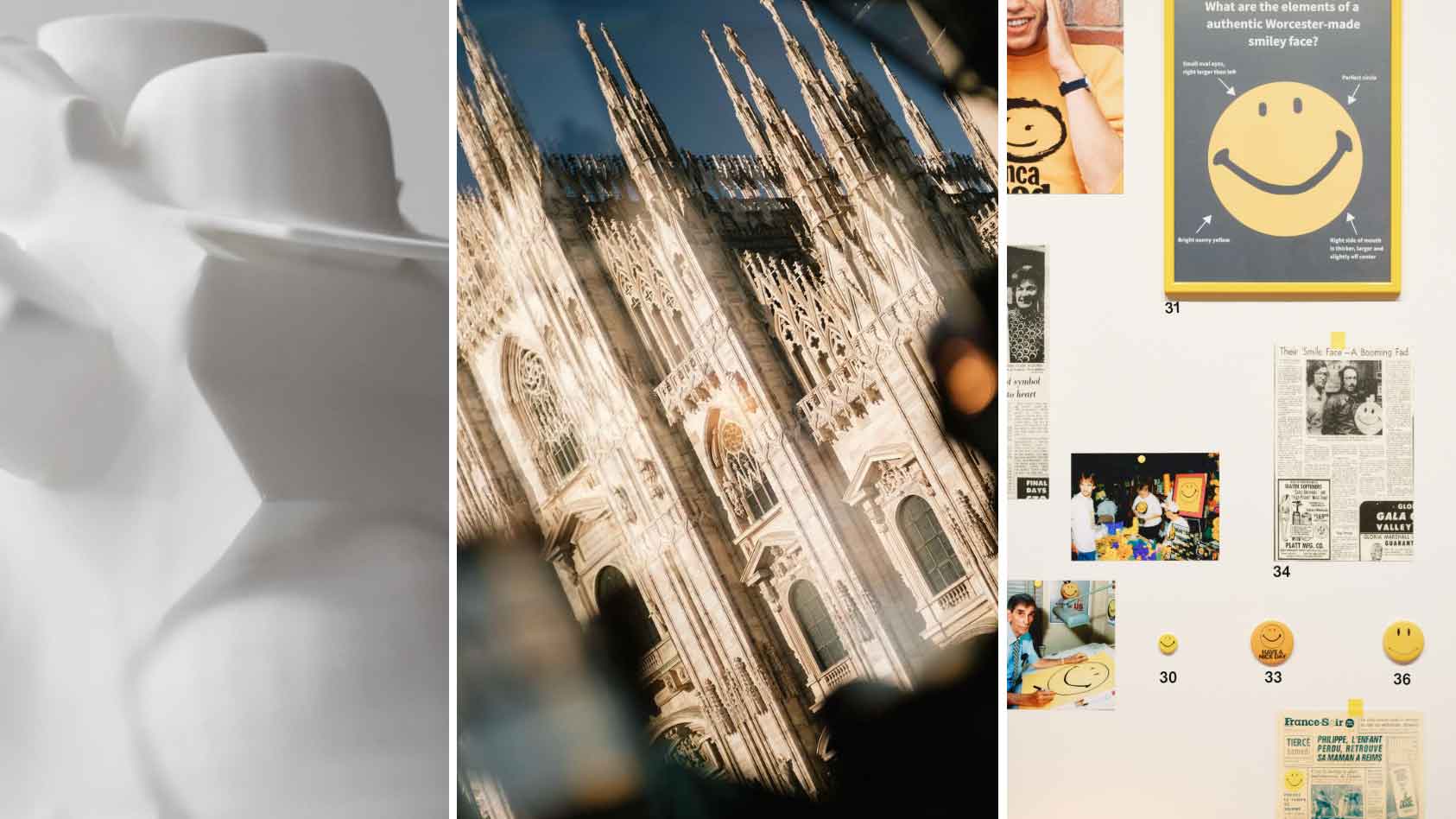 We asked six creative leaders to tell us their design predictions for the year ahead
We asked six creative leaders to tell us their design predictions for the year aheadWhat will be the trends shaping the design world in 2026? Six creative leaders share their creative predictions for next year, alongside some wise advice: be present, connect, embrace AI
-
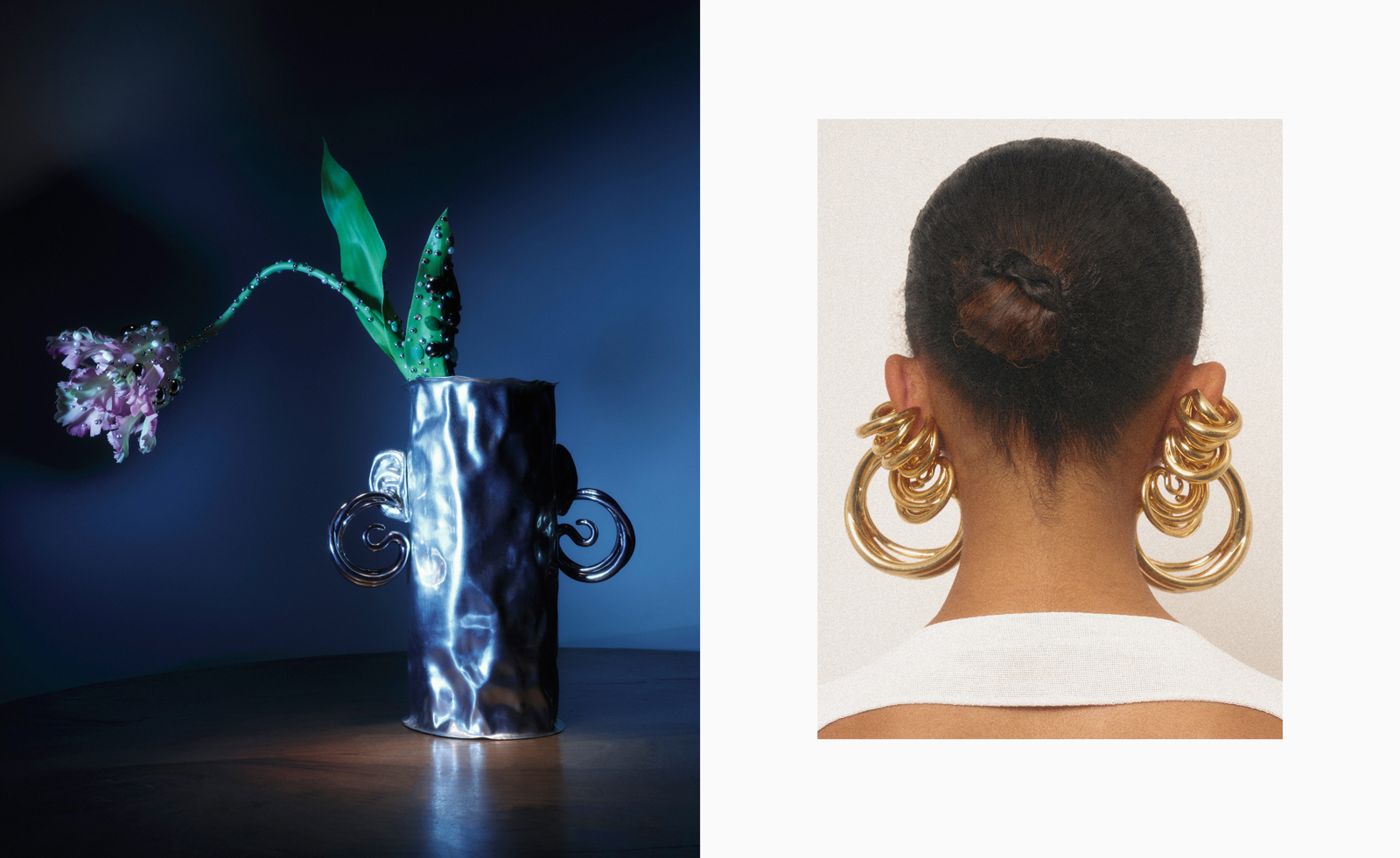 10 watch and jewellery moments that dazzled us in 2025
10 watch and jewellery moments that dazzled us in 2025From unexpected watch collaborations to eclectic materials and offbeat designs, here are the watch and jewellery moments we enjoyed this year
-
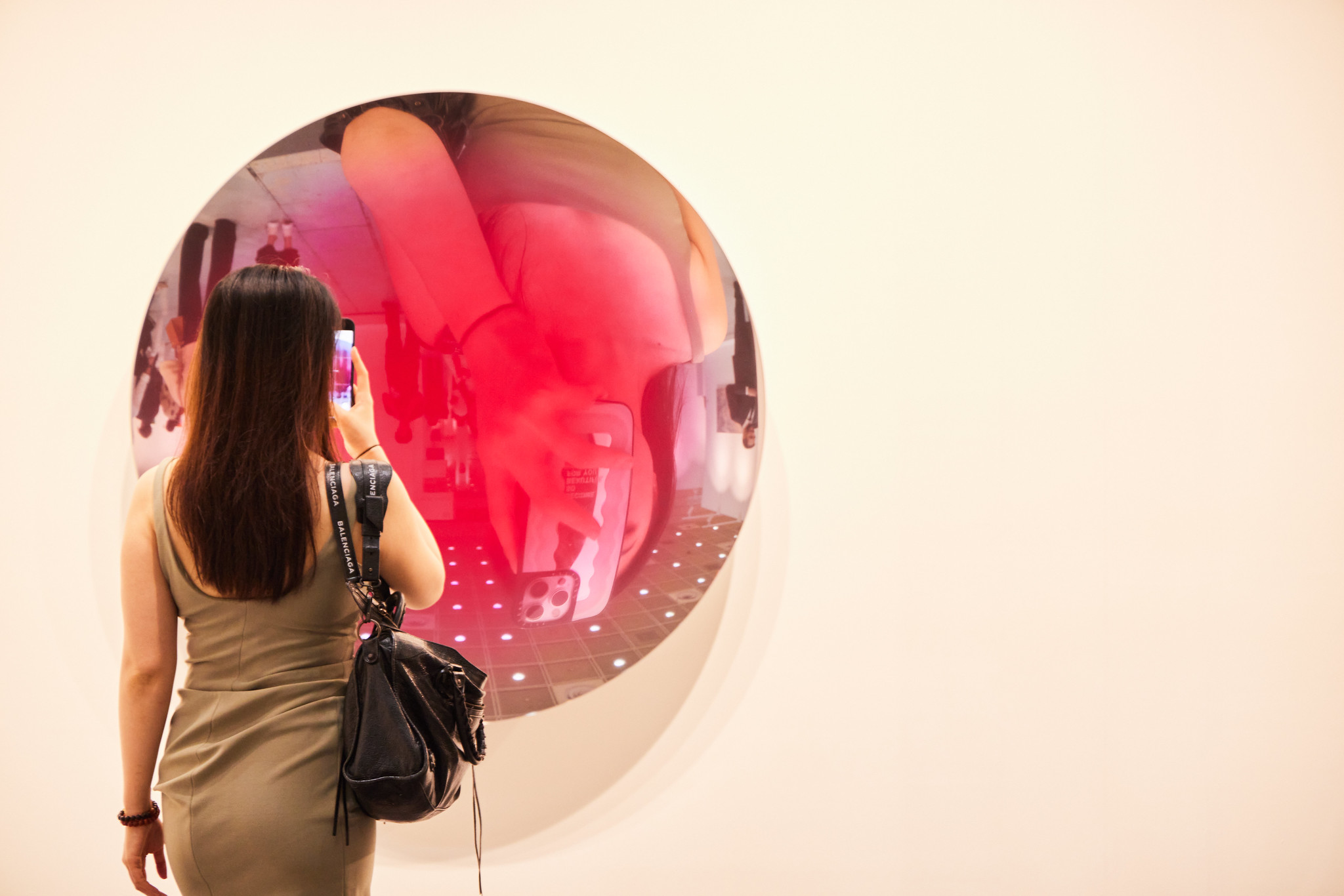 What to see at Frieze Seoul 2025
What to see at Frieze Seoul 2025Don't miss this mix of contemporary and established artists at Frieze Seoul, 3-6 September; here’s our guide to the fair and what's on around the city
-
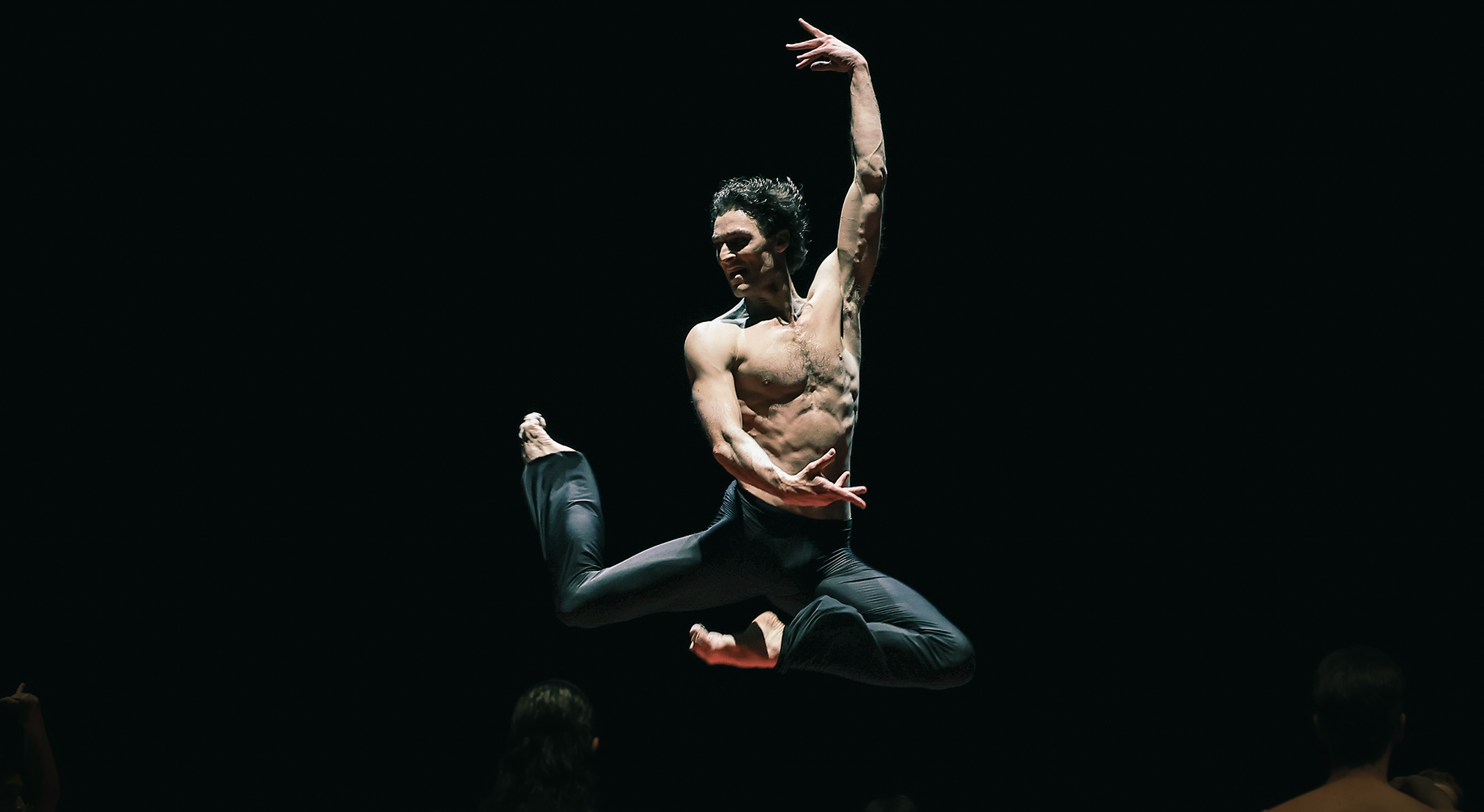 Paris Ballet etoiles Hugo Marchand and Hannah O’Neill to perform at Paradise Art Night during Frieze Seoul 2025
Paris Ballet etoiles Hugo Marchand and Hannah O’Neill to perform at Paradise Art Night during Frieze Seoul 2025A dazzling fusion of dance and contemporary culture awaits as Paris Opera Ballet étoiles join forces with Paradise Art Night during Seoul’s biggest art week.
-
 Deathmatch wrestling’s behind-the-scenes moments and bloody glory
Deathmatch wrestling’s behind-the-scenes moments and bloody gloryA new limited-edition book explores the intersection between art and deathmatch wrestling at a sold-out show held in Tokyo
-
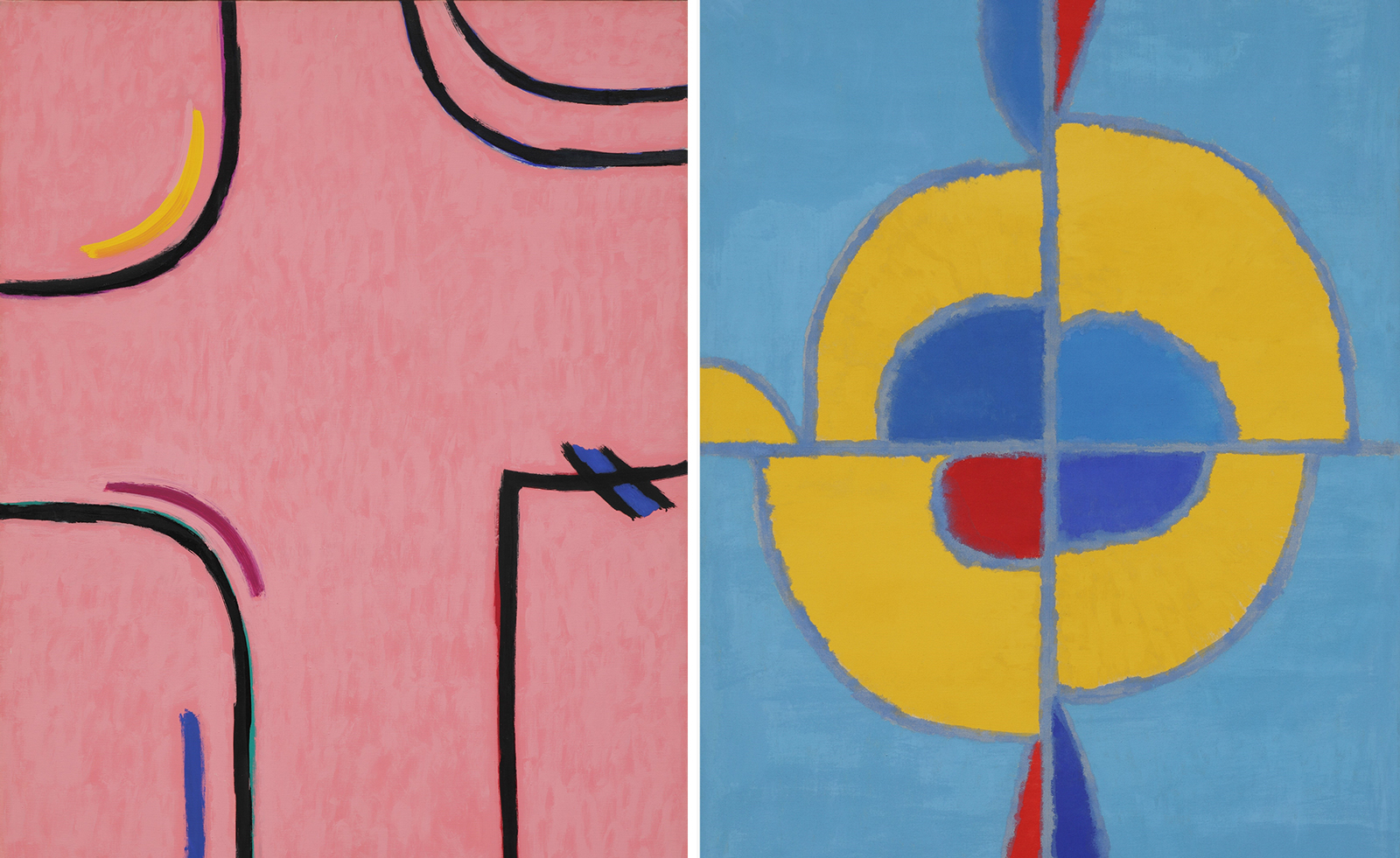 Kim Whanki, ‘the father of abstraction in Korea’, is celebrated at Frieze Seoul
Kim Whanki, ‘the father of abstraction in Korea’, is celebrated at Frieze SeoulKim Whanki’s work has its moment at Frieze Seoul 2023, where it is reimagined for the digital age
-
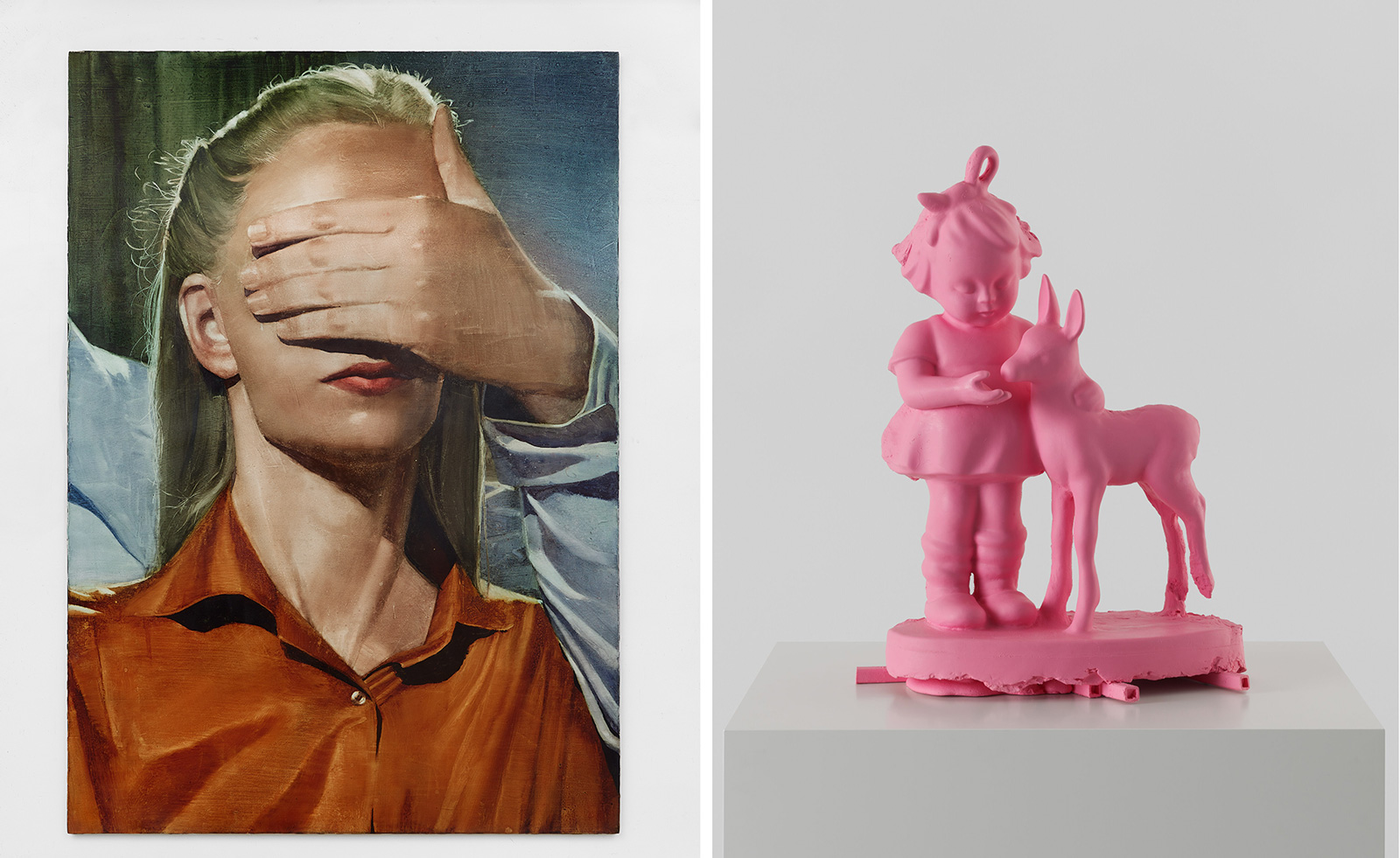 Frieze Seoul 2023: everything you need to know
Frieze Seoul 2023: everything you need to knowFrieze Seoul 2023 focuses on Asian galleries as it opens its doors for the second time in COEX, Gangnam
-
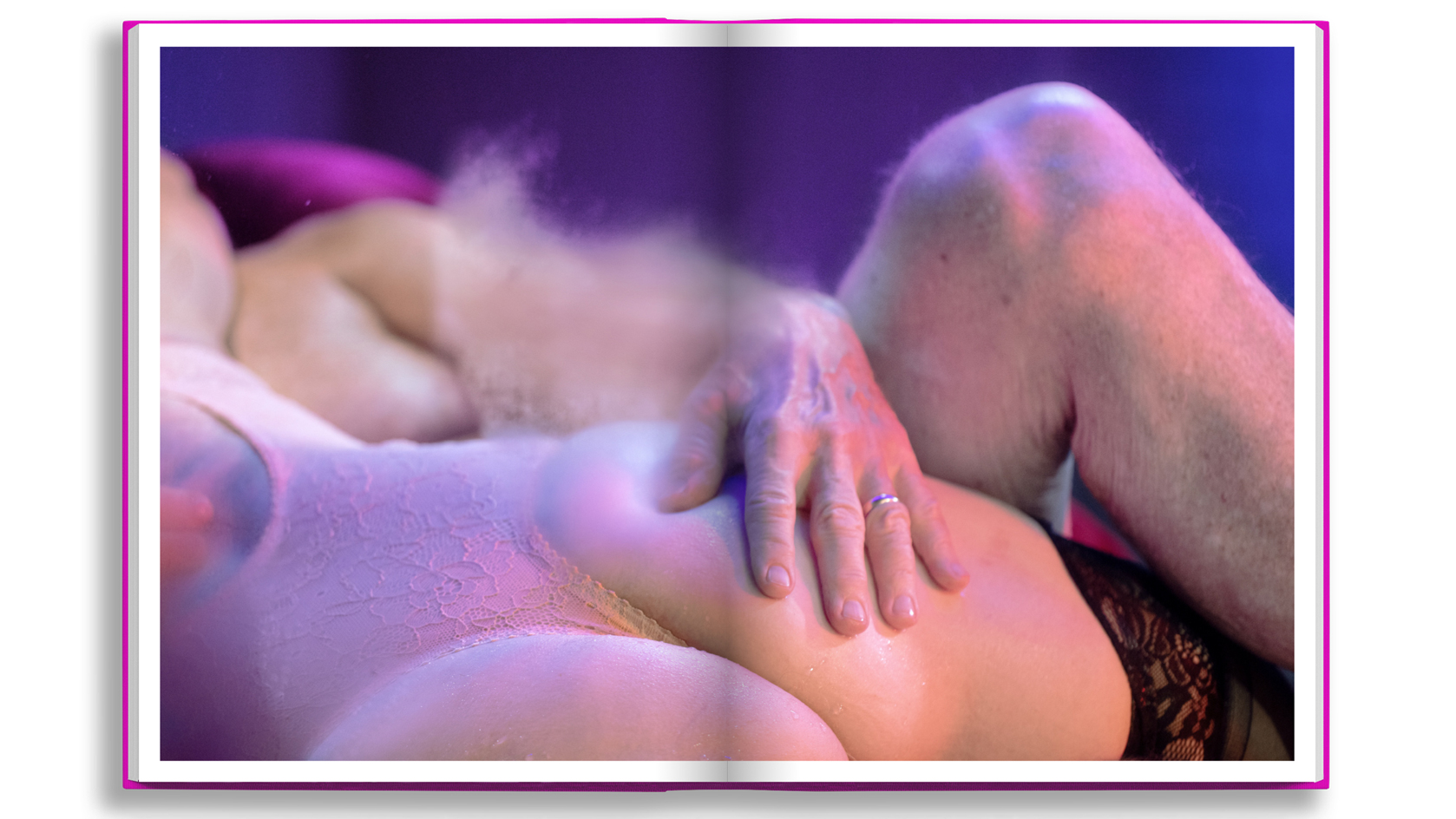 Elder Sex: Marilyn Minter’s steamy new photo book spotlights intimacy in older age
Elder Sex: Marilyn Minter’s steamy new photo book spotlights intimacy in older ageArtist Marilyn Minter’s bold, body-positive new photo book, Elder Sex, is an unbridled exploration of sex after the age of 70
-
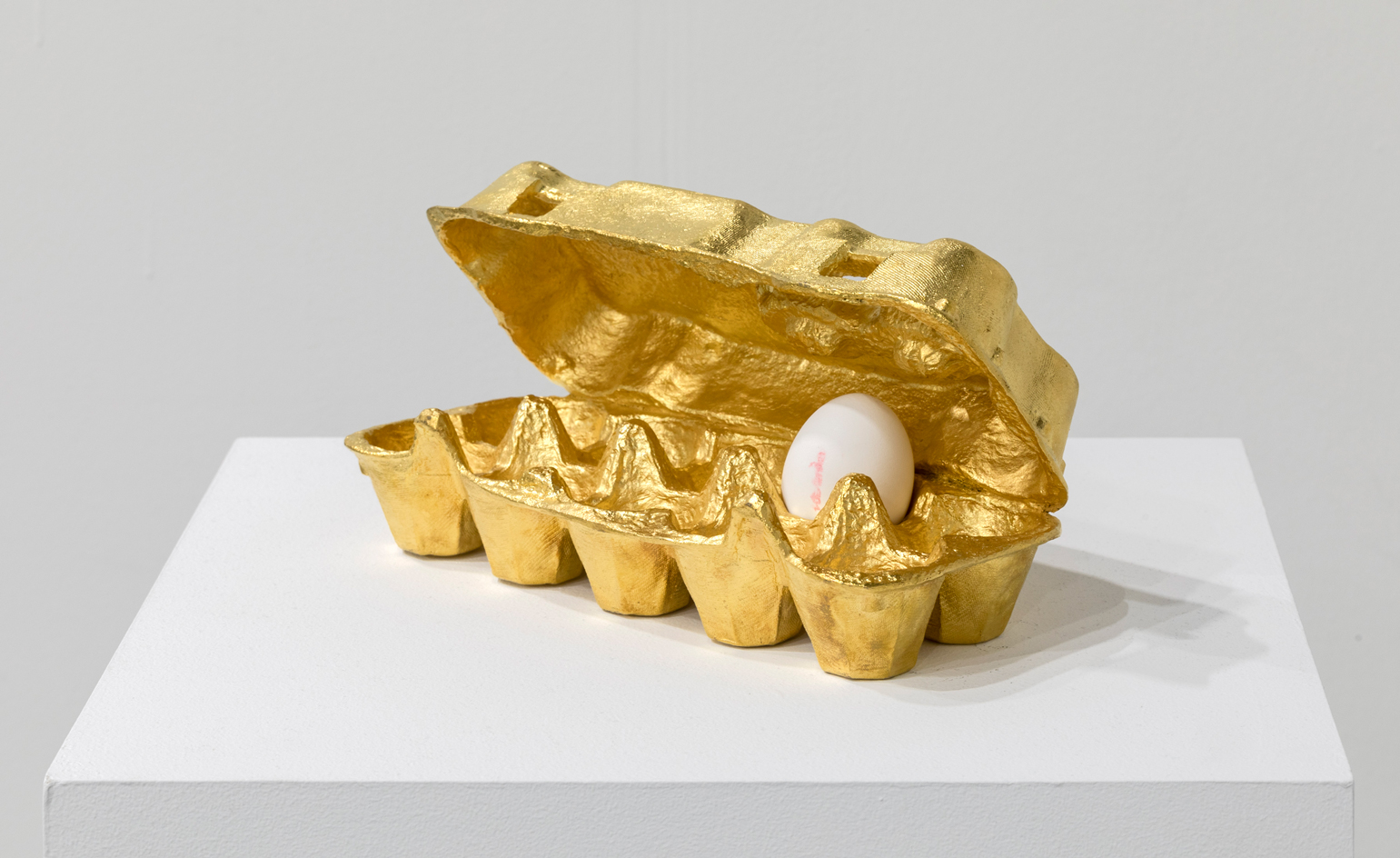 Frieze Seoul 2022: all you need to know about the inaugural fair
Frieze Seoul 2022: all you need to know about the inaugural fairSuhYoung Yun reports on a dynamic, emotional opening day of Frieze Seoul, and speaks to key figures about what the fair means for Korea’s wider cultural scene, both locally and internationally
-
 Seoul tour: a culture trip through the South Korean capital
Seoul tour: a culture trip through the South Korean capitalWith new galleries and bustling bars, all eyes are on the South Korean capital. Our ‘Postcard from Seoul’ guided tour explores the cultural must-sees of the moment